Avalanche Canada: Baby, it’s complicated
Ever feel like the more information you get, the more confused you become?
Throughout the Interior Mountains, beautiful sparkly surface hoar crystals were laid down during a long dry spell in early December.
These were especially prevalent at and below treeline, but didn’t get much of a chance to persist in the alpine, where a bubble of warm air was keeping things toasty.
Then finally, in the middle of December, it snowed. As is our ruthless custom, as soon as the surface hoar was buried, it was labelled as a problem and given an officious name: ‘the mid-December surface hoar’. Gone was its glory. Speaking of beautiful sparkly crystals would garner disdain in social settings.
Since then, snow has come in dribs and drabs and covered this layer with variable depths of new snow. Deepest snowfall accumulations were in the south. The snow came in cold and dry, making for great riding. Initially, this cohesion-less snow didn’t have the requisite properties to create a slab. It was hard to feel scared when the snow was just so light and fluffy. Soon, however, snow settlement began. Reports of whumpfs and cracks turned in to a patchy cycle of avalanches, mostly in the size 1-2 range, mostly between about 1400 and 2000 m, and often remotely- or human-triggered.
The patchy distribution of the persistent slab avalanches is the first piece of confusing information. If the surface hoar was widespread around treeline, then why aren’t all treeline areas avalanching, given the same amount and type of new snow?
To confuse matters more, temperatures have been all out to lunch. A new bubble of warm air has been hanging out at alpine levels, leaving valleys cold, treeline temperatures wildly variable, and alpine areas relatively balmy.
To turn fluffy powder into a slab usually hinges on changing snow properties through an input like warming or wind-effect.
Here in the forecasting office, we feel like the warming (which has mostly been in the alpine) and the problem (buried surface hoar at and below treeline) are yet to really meet. However, as soon as they do, a slab will form, the surface hoar’s knees will buckle and they will fly off into raptures of mad, passionate avalanches together. Or maybe it only happens like that in books.
We’ve been talking about the snowpack being at a tipping point for days, but it hasn’t quite tipped. Or maybe, somewhere, it’s tipping right now. Did I mention that it’s tricky?
The plot thickens.
Just when we thought we were getting a handle on this mid-December surface hoar, an old acquaintance showed its face: the November rain crust/facet layer. Who invited it to the party? Common wisdom had suggested this layer had gone into deep sleep, but slowly, reports of avalanches failing on this layer have started popping up (from an operation in the North Columbias on Dec 22, from Kootenay Pass on Dec 31, and most likely the culprit in a Lizard Range incident today).
Is this the start of a trend or just a series of isolated incidents? The November crust exists on a much more widespread basis than the mid-December surface hoar. If this really is the start of a trend, then we need to spread our cautious approach into the alpine and be particularly wary of thin-spot trigger points.
So where do we go from here?
As a wise man once said, if you’ve got a problem in the snowpack, the answer is terrain. It’s a lot easier to trigger a persistent slab in some types of terrain than others.
Right now, here’s your best bet:
– Choose terrain with low consequence (no terrain traps; small sized slopes)
– Choose alpine terrain (but keep the November crust in the back of your mind)
– Avoid steep, convex, unsupported slopes around treeline and below
– Don’t venture into thin/variable/rocky/ sparsely treed avalanche terrain
– Manage your group tightly: set yourselves up for success with one person on the slope at a time and others watching from safe terrain
– Adopt a conservative, disciplined approach to your terrain choices.
Don’t be surprised if you get surprised. It’s a complicated time to be traveling in the snow in the Interior Ranges.
A recent persistent slab avalanche from Kootenay Pass. This failed at treeline on the December surface hoar.
Penny Goddard


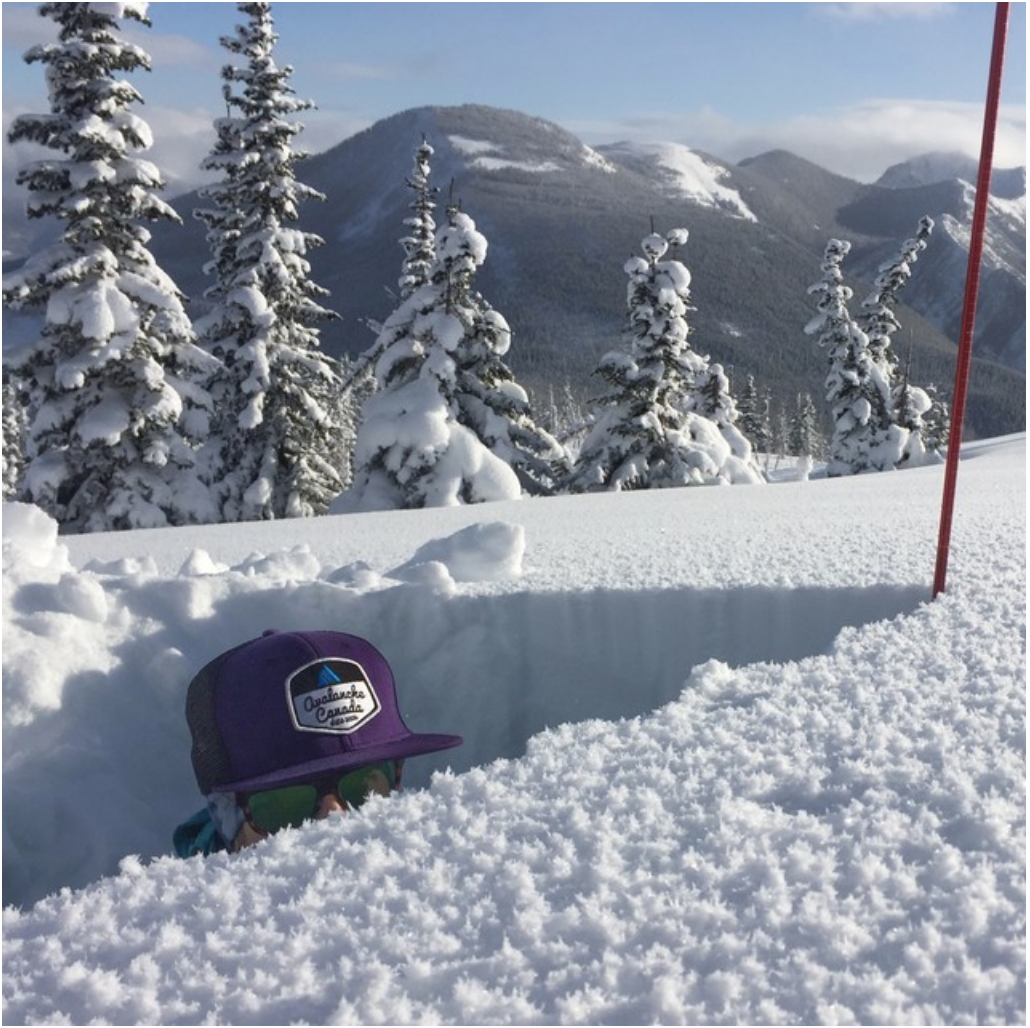
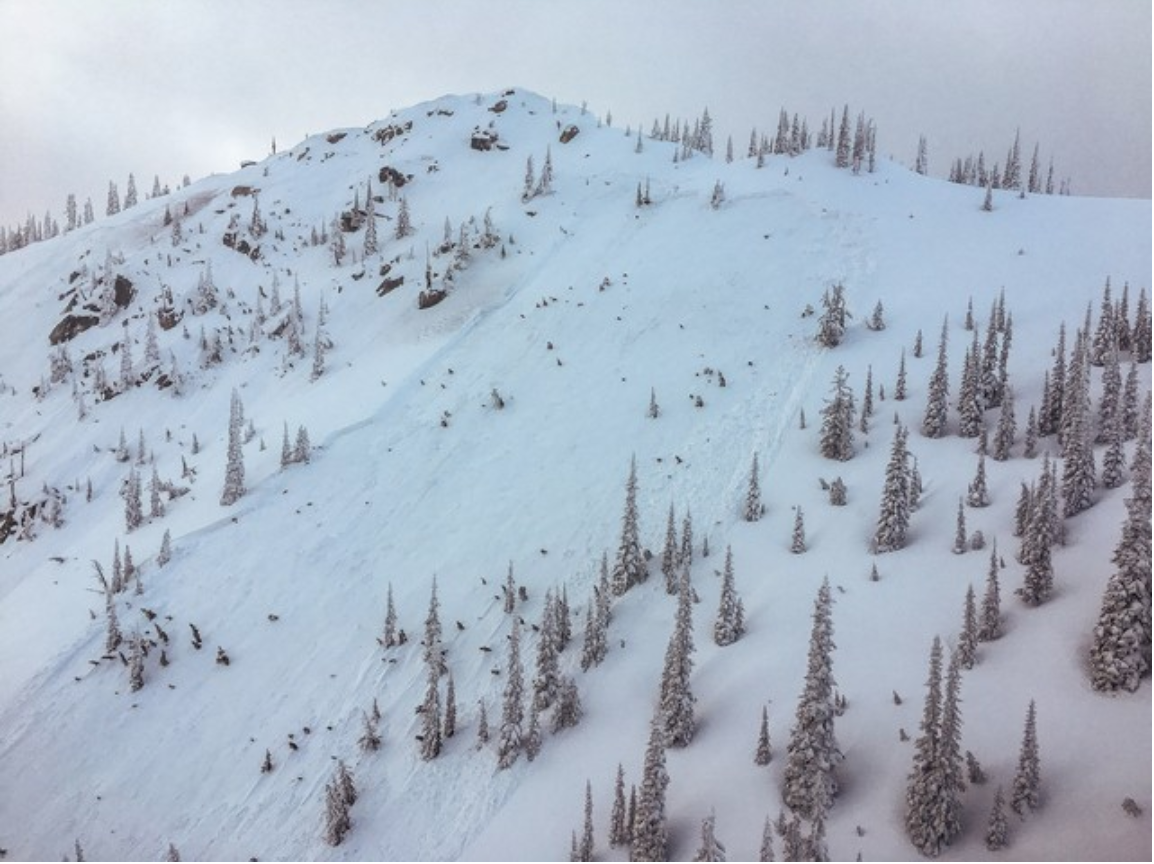




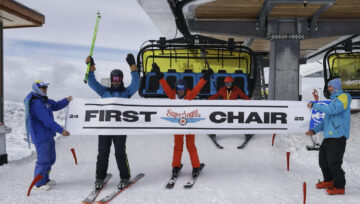
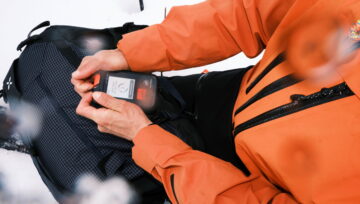
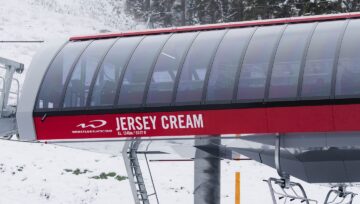


Comments